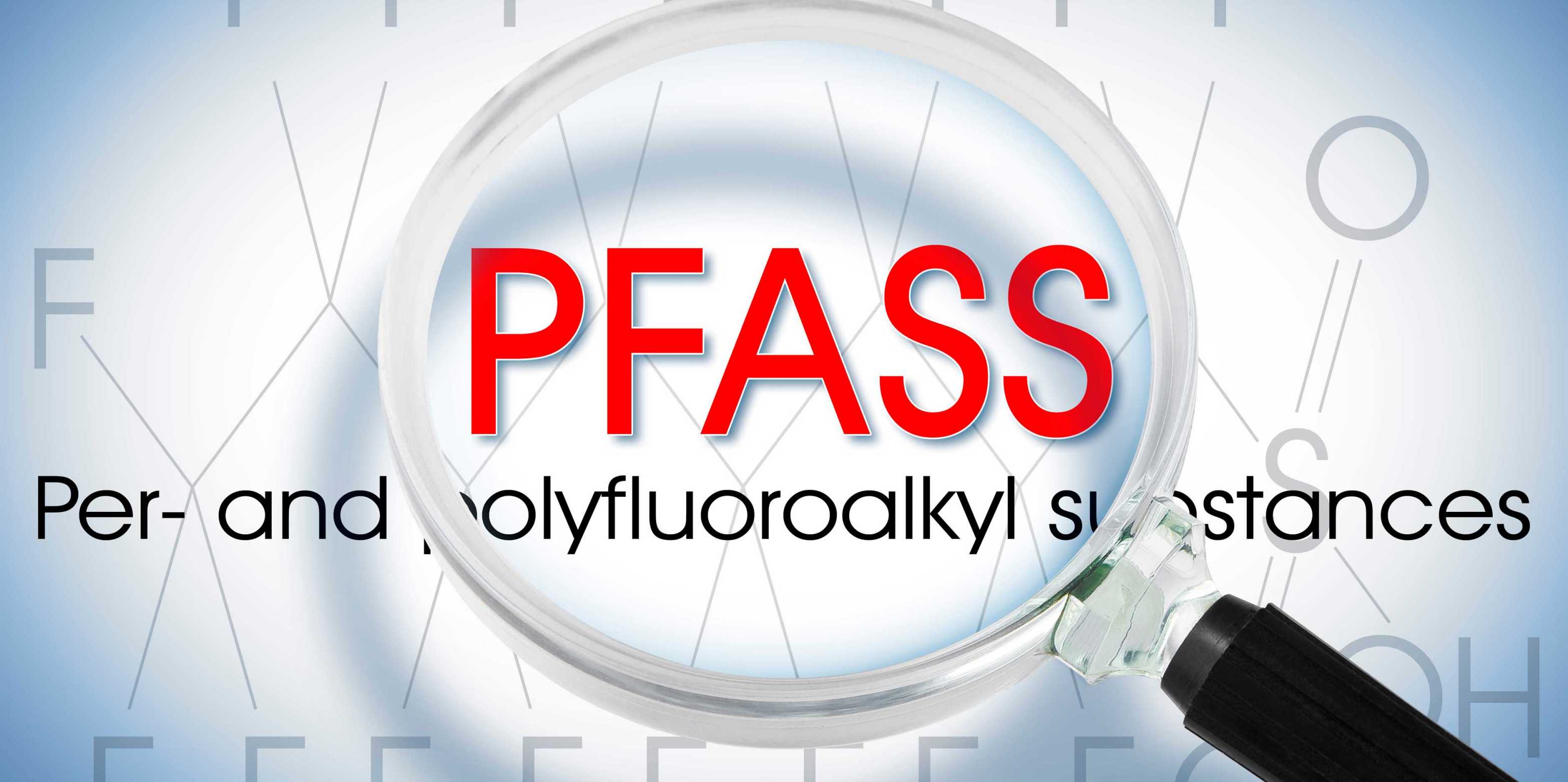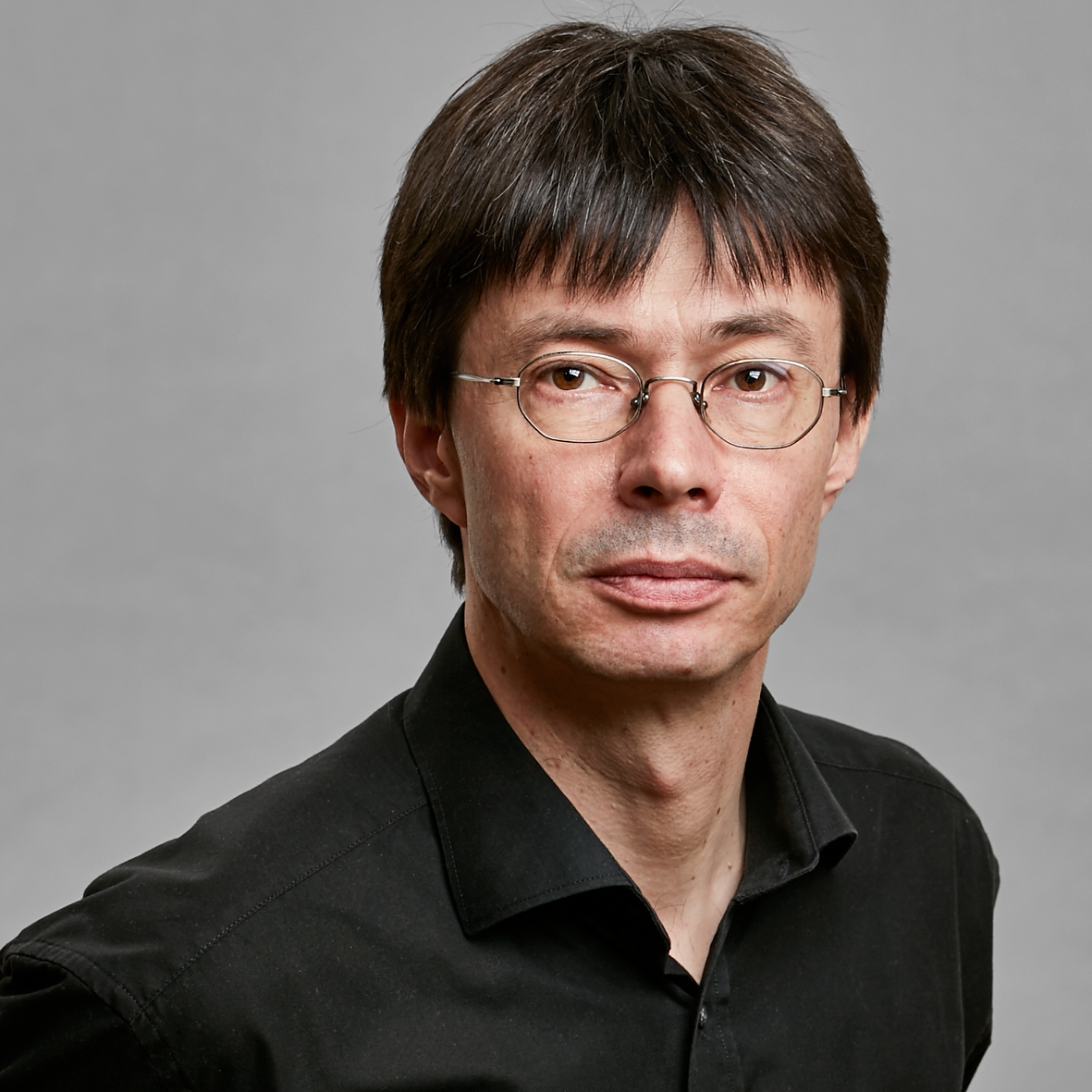They have come to stay: The problem of PFAS persistence
Per- and polyfluoroalkyl substances (PFAS) are everywhere and their regulation is complex. Their persistence should be considered a direct component of chemical hazard, writes Martin Scheringer in an editorial in the journal Science. Martin Scheringer is a lecturer at the Department of Environmental Systems Sciences (D-USYS) at ETH Zurich and Professor of Environmental Chemistry at Masaryk University in Brno, Czech Republic.

Mr Scheringer, from non-stick cookware to food packaging to firefighting foam, PFAS are everywhere and their persistence in food, drinking water and the environment has led to a pollution problem of unprecedented proportions. Why are regulators only now realising that we have a problem?
This question is very important, but I don't have an exact answer. It seems that the whole problem was somehow underestimated. Measurements of PFAS in the environment have been carried out for a long time, but only recently have they been put together into the whole picture and now we can see how widespread the problem actually is. There are currently over 15,000 contaminated sites in Europe (foreverpollution.eu). It seems that the substance properties of PFAS have not been "read" for what they mean, namely that PFAS will not disappear. And in the process for the registration of chemicals, there is no "red line" that would prevent the placing on the market of substances with such great persistence.
How have the authorities and legislators in Europe and the United States addressed the issue of PFAS and what new legislative proposals are currently being considered?
Specifically, a so-called restriction proposal is under consideration in the EU, which seeks to regulate PFAS as a whole group and would restrict or end many uses of PFAS. In the US, several states have already enacted regulations of PFASs, and more are in the pipeline. These legislative proposals are specific to PFAS. This is welcome in view of PFAS contamination, but they are actually bans that come after-the-fact and, thereby, too late. And, importantly, they do not involve any fundamental change in the chemical assessment and registration process.

“The system would have to be changed so that persistent substances are not allowed to be used in open applications, but only in closed systems.”Martin Scheringer
In your view, the persistence of chemicals, especially PFASs, is a crucial factor for toxicity. How can the established system of chemical assessment and regulation be adapted to adequately address persistence?
So far, chemicals that are persistent but not very toxic cannot be banned, at least not because of this property of persistence. The system would have to (and could) be changed so that persistent substances are not allowed to be used in open applications, but only in closed systems. Also, the warning by symbols such as the skull and crossbones for toxic substances would have to be supplemented accordingly by a symbol for high persistence.
What are the challenges and opportunities in developing and introducing PFAS-free alternatives in different industries?
For many uses of PFAS there are already alternatives. In other words, we are not at the very beginning here, but can already use other materials in many areas – textiles, food packaging, carpets, cleaning agents, furniture, cosmetics, but also fire-fighting foams. Well-known brands, e.g. for furniture or sportswear, specifically offer PFAS-free products. The challenge is probably that one cannot fall back on one group of substances that "can do everything", so to speak, for so many different applications as has been the case everywhere up to now, but must find various different new solutions for different PFAS applications, depending on the exact respective function of the PFAS. And finally, there are also some areas with very high demands on the performance of the materials, such as pipes and valves for blood in dialysis pumps or protective clothing, where PFASs cannot yet be replaced. More development work is required here.
In addition to your research activities, you are also a member of the International Panel on Chemical Pollution (IPCP). How much influence can research have?
As scientists, we know the findings and problems first-hand, and we have to report on them. This is not always easy and has to be learned specifically, because you have to speak differently, sometimes very differently, than you do within the scientific community. If you do this - i.e. explain the context and, above all, say the most important things first, be brief and speak without jargon - this is appreciated by regulators and the media and you are welcome as a discussion partner. We have experienced this time and again in the IPCP, which is encouraging.
- Martin Scheringer, Innovate beyond PFAS. Science 381,251-251(2023). DOI:external page 10.1126/science.adj7475